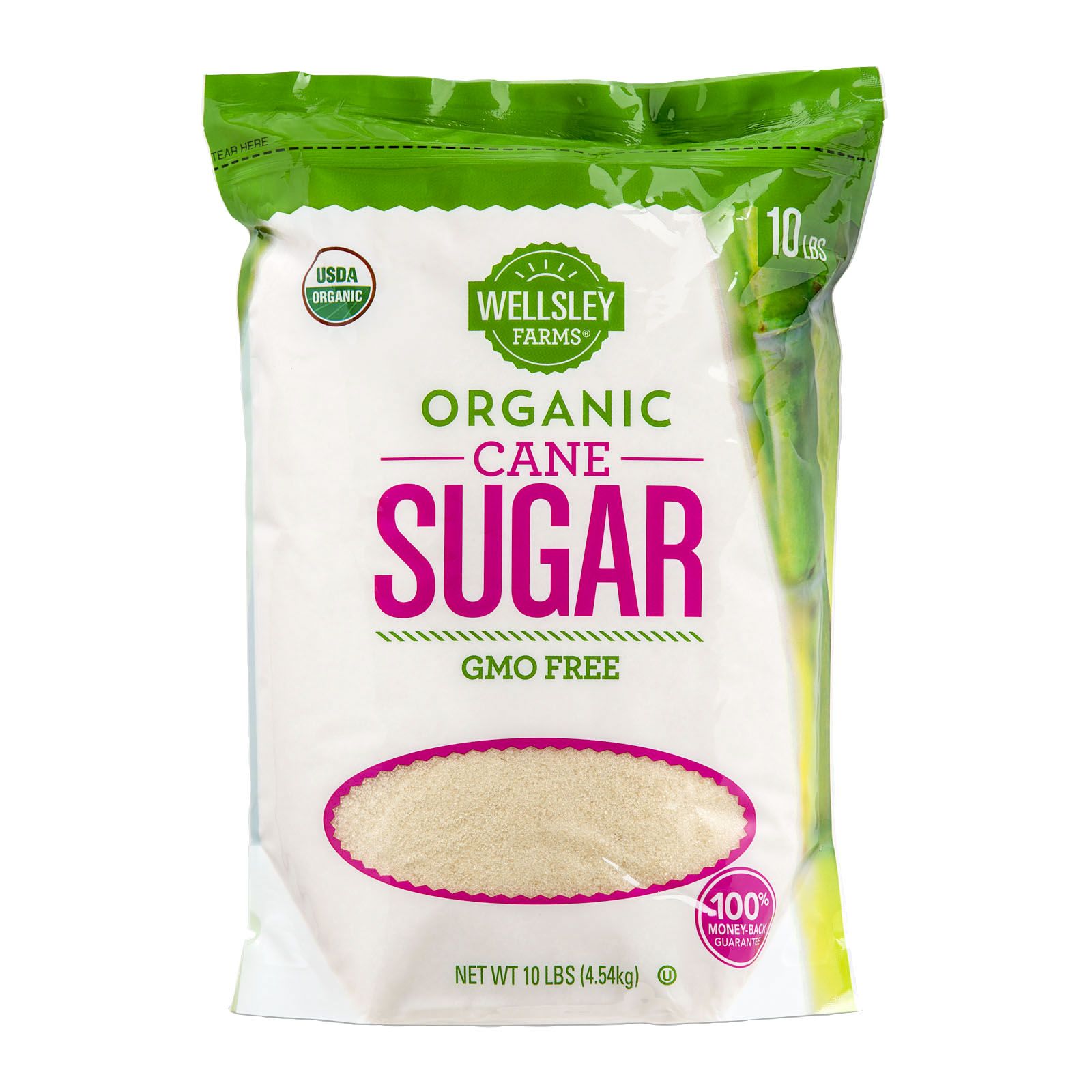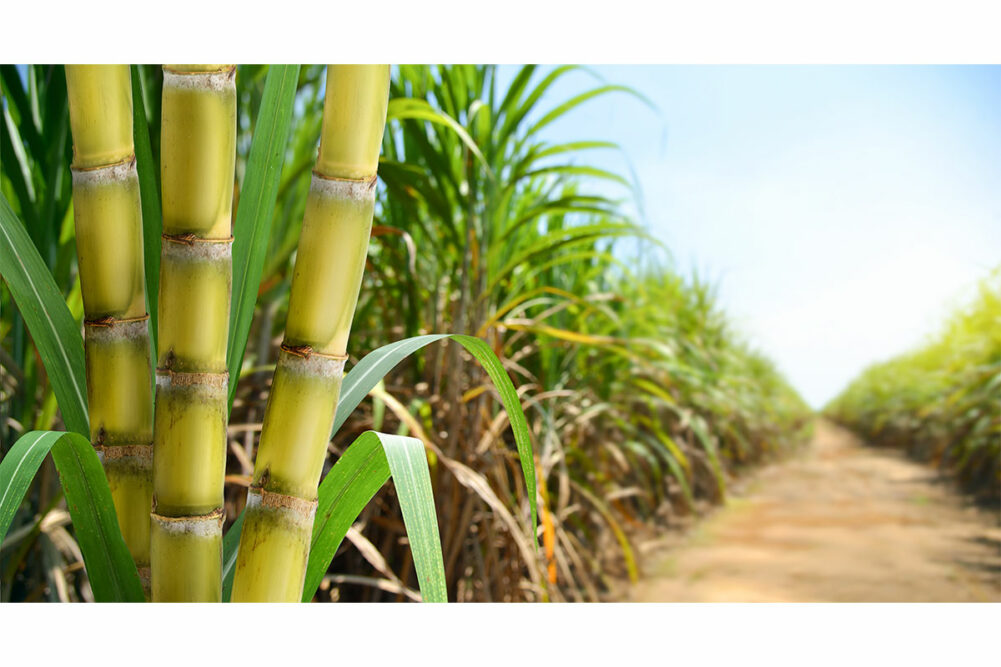Cane Sugar Processing: From Area to Table-- A Step-by-Step Guide
Cane Sugar Processing: From Area to Table-- A Step-by-Step Guide
Blog Article
Discovering the Comprehensive Tips Entailed in Walking Stick Sugar Processing From Harvesting to Refinement
The process of cane sugar production includes a series of detailed actions, starting with the mindful harvesting of sugarcane and finishing in the refinement phases that make sure the final product fulfills sector standards. Each stage, from the removal of juice to the purification and formation procedures, plays an important function in establishing the quality and character of the sugar. Understanding these phases not just highlights the intricacy of sugar manufacturing yet likewise elevates essential questions concerning effectiveness, sustainability, and advancement in the market. What implications do these factors have for future techniques?
Gathering Sugarcane
Harvesting sugarcane is an essential action in the cane sugar processing chain, as it straight affects the high quality and yield of the end product. Appropriate timing and techniques are crucial during this stage to ensure optimal sugar web content and minimize losses. Generally, sugarcane is gathered when it reaches maturation, usually 12 to 18 months after growing, defined by a high sucrose focus.

Post-harvest, the sugarcane has to be refined swiftly to avoid sucrose degradation. Ideally, gathered walking cane needs to be delivered to processing facilities within 1 day to preserve sugar high quality. Consequently, effective logistical preparation is critical to preserve the honesty of the collected crop throughout the supply chain.
Removal Process

The crushed walking cane undergoes a collection of pressing operations to maximize juice recuperation. Normally, hot water is sprayed onto the smashed cane, creating a countercurrent circulation that helps liquify the sugar while also helping in the extraction process. The juice gathered from this operation includes not only sugar however likewise numerous organic substances and pollutants.

To improve extraction efficiency, some centers might use diffusion approaches, where the sugarcane is taken in warm water, enabling the soluble sugars to diffuse right into the liquid. The resulting juice, rich in sucrose, is after that routed to succeeding handling phases, laying the structure for filtration and improvement. The removal procedure is therefore critical in identifying the high quality and return of the last sugar item.
Filtration Methods
The filtration strategies used in walking cane sugar handling are important for transforming the raw juice right into a top notch sugar item. These methods largely intend to get rid of contaminations, such as dirt, plant products, and inorganic materials, which can negatively influence the end product's taste and shade.
This process involves adding lime and warmth to the raw juice, which assists in the coagulation of impurities. In addition, the usage of phosphoric acid can improve the information process by further binding contaminations.
One more considerable technique is carbonatation, where co2 is presented to the clarified juice. This reaction creates calcium carbonate, which captures remaining pollutants and advertises their elimination.
Moreover, activated carbon treatment may be applied to adsorb any continuing to be colorants and organic content impurities, guaranteeing a more refined product. The combination of these techniques effectively prepares the sugar juice for succeeding steps in the refining process, establishing the phase for the production of high-quality walking stick sugar.
Crystallization Methods
After the filtration phase, the following vital step in cane sugar processing entails crystallization approaches, which play an essential function in changing the clarified juice right into solid web link sugar. This procedure normally employs 2 key approaches: spontaneous formation and regulated crystallization.
In spontaneous formation, supersaturated sugar options are allowed to cool down normally, resulting in the development of sugar crystals over time. This method is less complex however may cause irregular crystal sizes and reduced purity degrees. On the other hand, managed condensation is an extra accurate technique where concentration, temperature level, and seeding agents are thoroughly handled. This method permits the consistent growth of sugar crystals and higher purity.
Throughout formation, the cleared up juice is concentrated through evaporation, boosting its sugar web content till it gets to supersaturation. Once this factor is achieved, either method can promote the crystallization process. Cane Sugar Processing. The resultant sugar crystals are then divided from the staying syrup via centrifugation
Ultimately, the choice of condensation technique influences the top quality, dimension, and pureness of the last sugar item, making this action necessary in the overall walking stick sugar processing procedure.
Refinement and Product Packaging
Exactly how can pop over to this site the pureness and quality of walking stick sugar be additionally boosted after crystallization? The improvement process plays a vital duty in attaining top notch walking cane sugar.
Following, the sugar undergoes a procedure called centrifugation, where it is rotated at broadband to separate the cleansed sugar crystals from the remaining liquid. After centrifugation, the sugar is usually additional fine-tuned with a technique called carbonization or phosphatation, which makes use of turned on carbon or phosphoric acid to eliminate shade and off-flavors.
Once refined, the sugar is dried out to attain the preferred dampness material, guaranteeing that it remains steady throughout storage and transportation. The last step involves product packaging the refined sugar in airtight and moisture-proof containers to maintain its high quality and prevent contamination. Cane Sugar Processing. Appropriate packaging not just expands shelf life however additionally facilitates simple handling and distribution, making sure that consumers get sugar that meets the highest possible standards of pureness and quality
Final Thought
The extensive steps associated with walking cane sugar handling, from the thorough harvesting of sugarcane to the elaborate refinement and product packaging stages, emphasize the relevance of each phase in guaranteeing top quality sugar production. Optimal harvesting methods, efficient extraction approaches, and extensive purification processes collectively contribute to the end product's pureness and security. The formation and subsequent packaging methods better improve the honesty and service life of the sugar, highlighting the intricacy and precision intrinsic in this necessary agricultural industry.
The process of walking stick sugar production includes a series of elaborate steps, beginning with the mindful harvesting of sugarcane and culminating in the refinement stages that make sure the last product fulfills sector requirements. Preferably, harvested walking cane ought to be transferred to processing facilities within 24 hours to preserve sugar top quality.In spontaneous condensation, supersaturated sugar services are allowed to cool down naturally, leading to the formation of sugar crystals over time - Cane Sugar Processing. The refinement procedure plays a vital role in accomplishing top notch cane sugar.The detailed steps entailed in cane sugar handling, from the careful harvesting of sugarcane to the detailed refinement and packaging phases, underscore the relevance of each stage in making certain top quality sugar manufacturing
Report this page